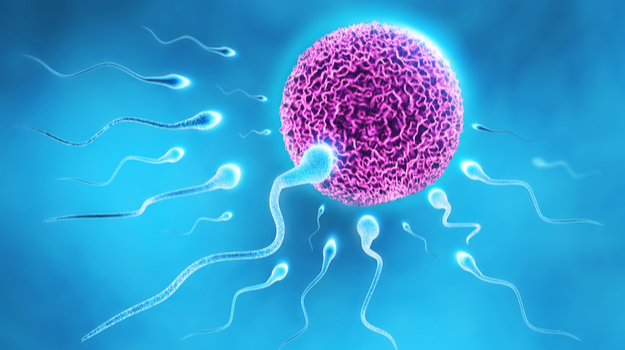Scientists are inching closer to a breakthrough in male contraception, having successfully targeted a protein crucial for the production of fertile sperm. This development could lead to a non-hormonal, reversible, and non-toxic male birth control method, giving men control over their fertility window similar to the way oral contraceptives work for women—without side effects or long-term fertility issues.
Research has long shown that a mutation in the serine/threonine kinase 33 (STK33) gene causes male sterility. Recently, researchers at Baylor College of Medicine identified a small-molecule compound that temporarily inhibits STK33, yielding the same result. This new target adds to the ongoing search for an effective male contraceptive pill.
“Although researchers have been investigating several strategies to develop male contraceptives, we still do not have a birth control pill for men,” said Dr. Martin Matzuk, director of the Center for Drug Discovery at Baylor and corresponding author of the study. “In this study, we focused on a novel approach—identifying a small molecule that would inhibit serine/threonine kinase 33 (STK33), a protein specifically required for fertility in both men and mice. STK33 is therefore considered a viable target with minimal safety concerns for contraception in men.”
The research team screened a vast “multi-billion compound collection” to identify potential STK33 inhibitors. These were then modified to enhance their stability, targeting precision, and efficacy for trials on mice.
“Among these modified versions, compound CDD-2807 turned out to be the most effective,” said Dr. Angela Ku, the study’s first author from the Matzuk lab at Baylor.
“Next, we tested the efficacy of CDD-2807 in our mouse model,” added co-author Courtney M. Sutton, also from the Matzuk lab. “We evaluated several doses and treatment schedules, then determined sperm motility and number in the mice, as well as their ability to fertilize females.”
CDD-2807 demonstrated the ability to cross the blood-testis barrier, directly targeting STK33 and affecting sperm numbers and motility, thereby effectively preventing fertility even at low doses.
“We were pleased to see that the mice did not show signs of toxicity from CDD-2807 treatment, the compound did not accumulate in the brain, and the treatment did not alter testis size,” said Sutton. “Importantly, the contraceptive effect was reversible. After a period without compound CDD-2807, the mice recovered sperm motility and numbers and were fertile again.”
While these findings are promising, a market-ready product is still a way off. The research team plans to proceed with further testing of CDD-2807 and other potential compounds.
“Our goal is to further evaluate this STK33 inhibitor and compounds similar to CDD-2807 in primates to determine their effectiveness as reversible male contraceptives,” Matzuk stated.
The next steps involve rigorous testing to see if this approach can be successfully translated to human sperm. Despite the progress, the quest for the first effective temporary male contraceptive continues. Other research avenues include gel injections that block sperm release, ultrasound pulses that kill sperm, and similar binders and inhibitors designed to render sperm unviable.
If successful, this innovative approach could revolutionize contraception, offering a much-needed option for men and contributing to shared responsibility in birth control.



